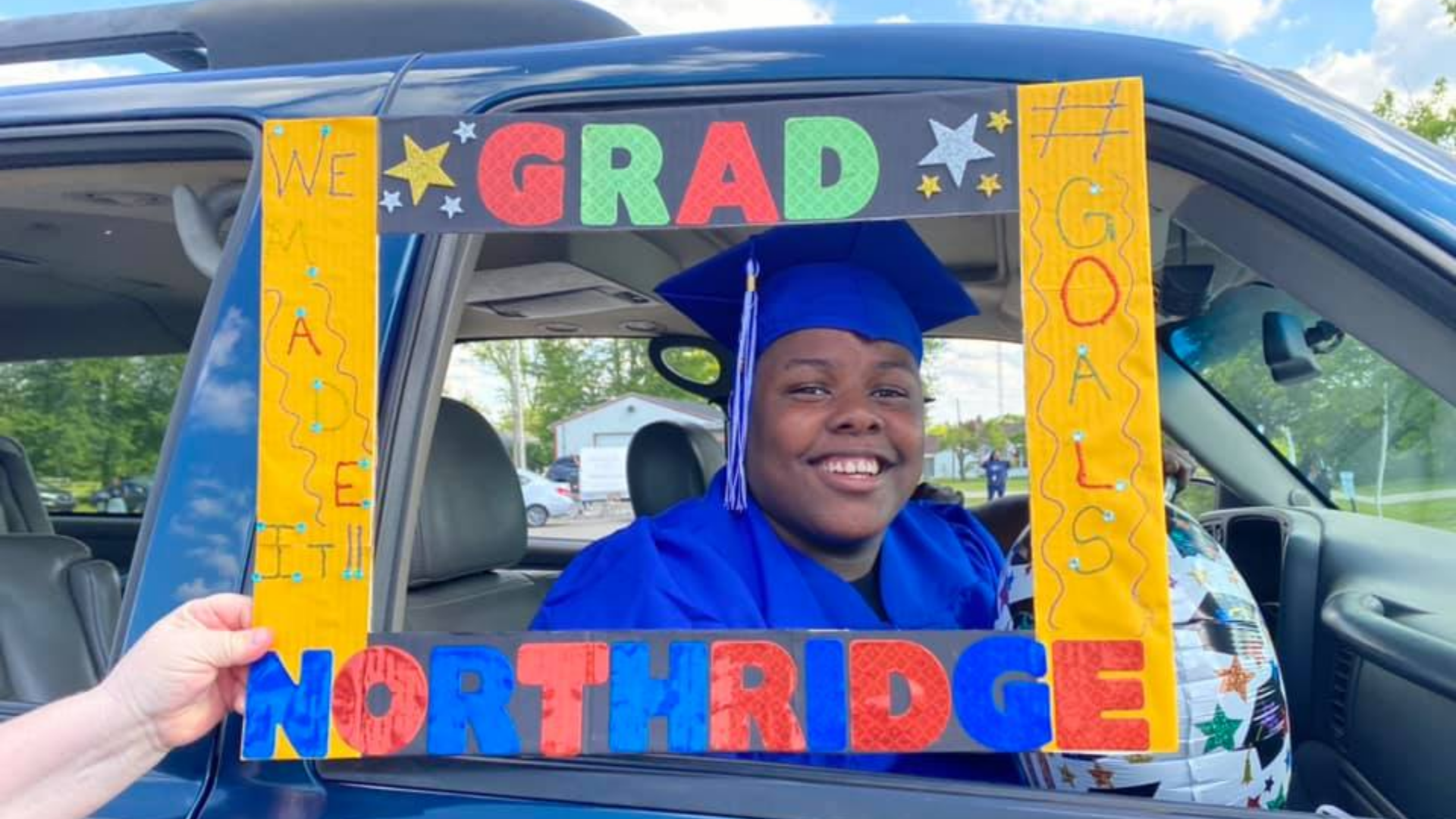
In September of 2015, Flint pediatrician Mona Hanna-Attisha published a disturbing report. Its findings: the incidence of elevated blood-lead levels in children throughout the city had nearly doubled since 2014, and nearly tripled in some neighborhoods. Simply put, Flint’s children were being actively poisoned by their water. Years later, the media cloud has passed, the attention on the crisis has dwindled, and yet the children, parents and educators of Flint remain - still affected daily by the long-term impacts of lead poisoning, with little to no additional resources, funding or support to implement the strategies needed to overcome significant challenges.
Latricia Brown serves as Principal at Northridge Academy, with over 30 years combined experience serving urban students in Flint and Detroit. She’s no stranger to the social and emotional needs that urban educators must provide students, on top of academics, to ensure their success. But despite her high expectations, the passion and dedication of her teachers, and the out-of-the-box strategies she employs day to day, students impacted by the water crisis continue to struggle in the classroom.
From a nearly doubled special education caseload, to anger and physical aggression in young children, to poor content retention and more, Northridge’s students (95% of whom are Flint residents) face an uphill battle when it comes to school - especially on important things like standardized testing.
Like Latricia, Traci Cormier, Director at the International Academy of Flint, has noticed a steady incline in special education cases and students with Attention Deficit Disorder (ADD), Attention Deficit Hyperactivity Disorder (ADHD), cognitive impairments, and speech and language delays. But despite all that, Flint students only receive minimal additional funding to support the physical and mental challenges they face as a result of lead poisoning, and students are held to the same testing criteria as other Michigan learners despite the cognitive issues many of them face.
Over the past years, Latricia and other Flint educators have implemented inventive ideas to help students learn and meet benchmarks. With strict budget limitations, she had to get creative. She plays classical music in the hallway and classrooms to increase productivity. All classrooms are required to be sensory learning-based and contain comfortable alternative seating. But the one thing she really hoped to do, but didn’t have the resources to execute, was classrooms with 10 students or less. No matter how she ran the numbers, it wouldn’t work.
Then the COVID-19 pandemic happened.
With the 2020-21 school year beginning and COVID-19 numbers still on the rise, educators are prepping for varied in-person and virtual teaching scenarios. Latricia has planned to keep all her students virtual for at least the first couple months of school - possibly longer depending on COVID-19 numbers. If and when they return to school, she is looking forward to implementing alternating cohorts of just 10 students or less per class. "The current situation isn’t something anyone wants, but we’re thankful that the pandemic has given us the opportunity to be in small cohorts of 10 or less to promote individualized learning for the students who struggle,” said Latricia.
Other Flint educators are also entertaining ideas of what positives may come from the current, everchanging, framework of teaching. Correy Black, Principal at The New Standard Academy, is excited to potentially roll out a parent university program. “Parents detach from their kids because they don’t feel adequate to talk to their student (about their schoolwork),” said Correy. They did an in-person program previously, but he is excited to see where this could go virtually.
Additionally, some Flint school leaders, including Traci Cormier at the International Academy of Flint, have worked collaboratively with the University of Michigan’s Regional Alliance for Healthy Schools (RAHS) to organize school-based health centers at their school buildings. The centers provide many of the same benefits as a primary care physician, without the hassle for parents and zero out-of-pocket costs.
And while these educators exemplify the kind of dedication and passion needed to help students overcome the lasting impacts of the Water Crisis, there’s a limit to the things they can do without additional funding and support. For Latricia, COVID-19 will undoubtedly bring new challenges to her students - new trauma, new learning loss, and new pressure on her already tight budget. But it’s also a unique moment in time to try something new that could give her the data she needs to advocate for smaller class sizes long-term.
Still - she’s left questioning why it’s taken one new crisis to give her team the chance to better solve the lingering effects of the last one.
These Providers on K-12 Access & Equality
Michigan's Charter School Association
123 W Allegan, Ste 750
Lansing, MI 48933
Ph: (517) 374-9167
Comments (1)